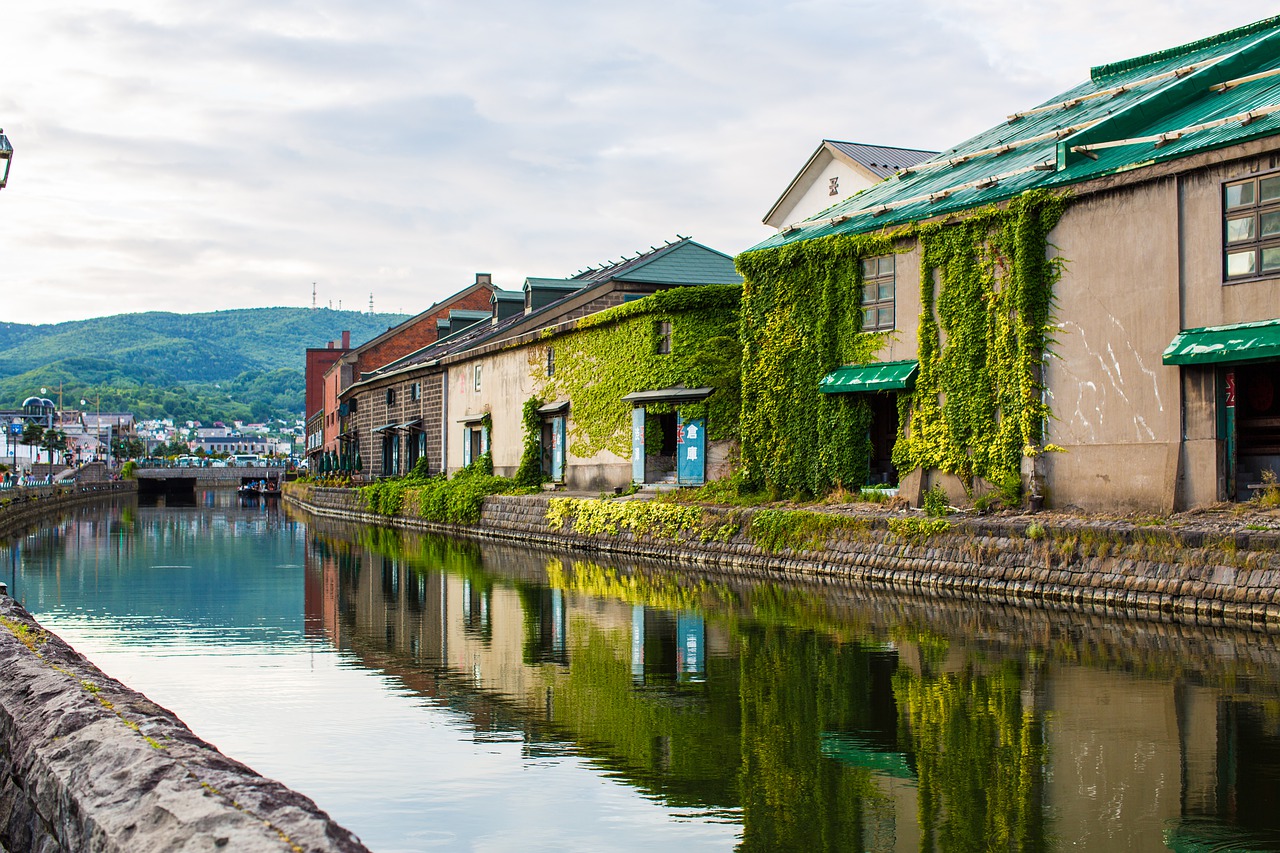
Trevor Jones is an educator and an aspiring marketer. Originally from the United States, he moved to Tokyo in 2017. Trevor enjoys exploring new destinations and sharing his experiences. He can be found on Instagram at @tjones312
This post may contain some affiliate links. When you click through and make a purchase we may receive some commission, at no extra costs to you.
Tori no Ichi is an annual festival celebrated every year in November and is widely held throughout Japan. During the festival, there are many stalls lined up at the temple or shrine site and people visit there to buy their lucky charms to appreciate the year’s luck as well as wish for the next year’s happiness. It’s also a popular festival to pray for business prosperity. Let’s take a look at this exciting open-air market and learn how to enjoy it!
What is Tori no Ichi?

At this annual event many people come to eat delicious food from street vendors and pray for good business in the next year. People walk around the open-air market and purchase a kumade, which is a decorated rake and it is sometimes referred to as bear hands. It’s said that while holding these, you can catch good luck while walking around.
Tori no Ichi can be translated as Rooster’s Fair, because this festival is held on the Rooster’s day according to the Chinese zodiac and at the bird-related shrines or temples. It was originally a harvest festival where people would pray in hopes for a good crop yield. That’s a part of the reason why they sell rakes, representing the harvest and the symbol of good luck.
History of Tori no Ichi
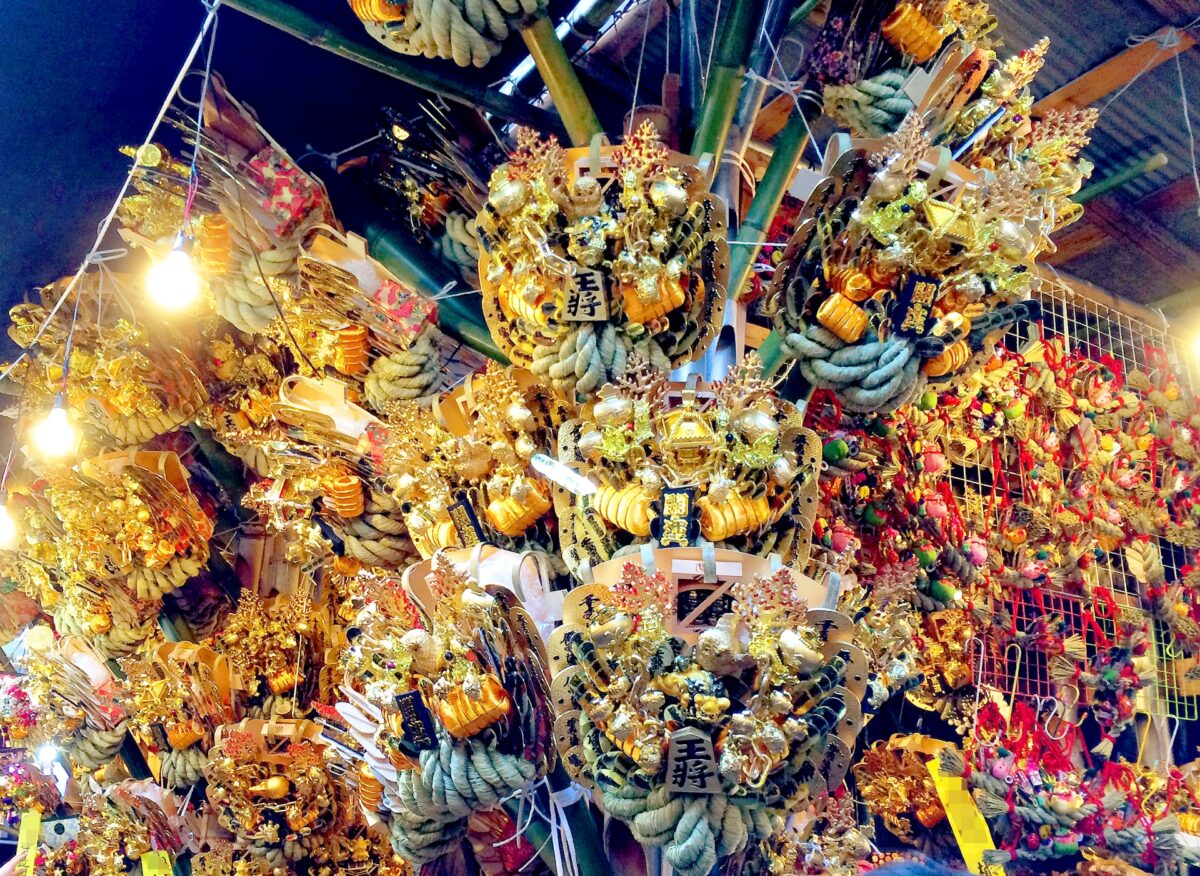
Tori no Ichi festival has been held annually since the Edo period and was first held in the Adachi area of Tokyo. But the origin of Tori no Ichi dates back to ancient times and it can be divided into two stories.
From the Shinto perspective, it is believed that Yamato Takeru, a Japanese legendary prince, visited Washinomiya Shrine in Saitama prefecture on the Rooster’s day in November after he successfully defeated his enemies on the eastern land. He thanked the deity and used rakes as an offering. Since then, people have celebrated November’s Rooster’s Day.
From a Buddhist perspective, it is believed that Japanese priest Nichiren saw Bodhisattva flying on the back of the eagle in the starry night sky and since then people started to celebrate the Rooster’s Day.
Asakusa Tori no Ichi 2024
Among the other Tori no Ichi, Asakusa’s Tori no Ichi is especially famous. The event is hosted about 20 minutes away from Asakusa Station at Chokokuji Temple and Otori Shrine which are adjacent to each other. The festival typically lasts all day but the rituals start at different times depending on the day.
In 2024, the Tori no Ichi will be celebrated on Monday, November 4th and Tuesday, November 5th. The rituals on Monday will start at 11:15am, and 1:00pm on Tuesday.
How to enjoy Tori no Ichi
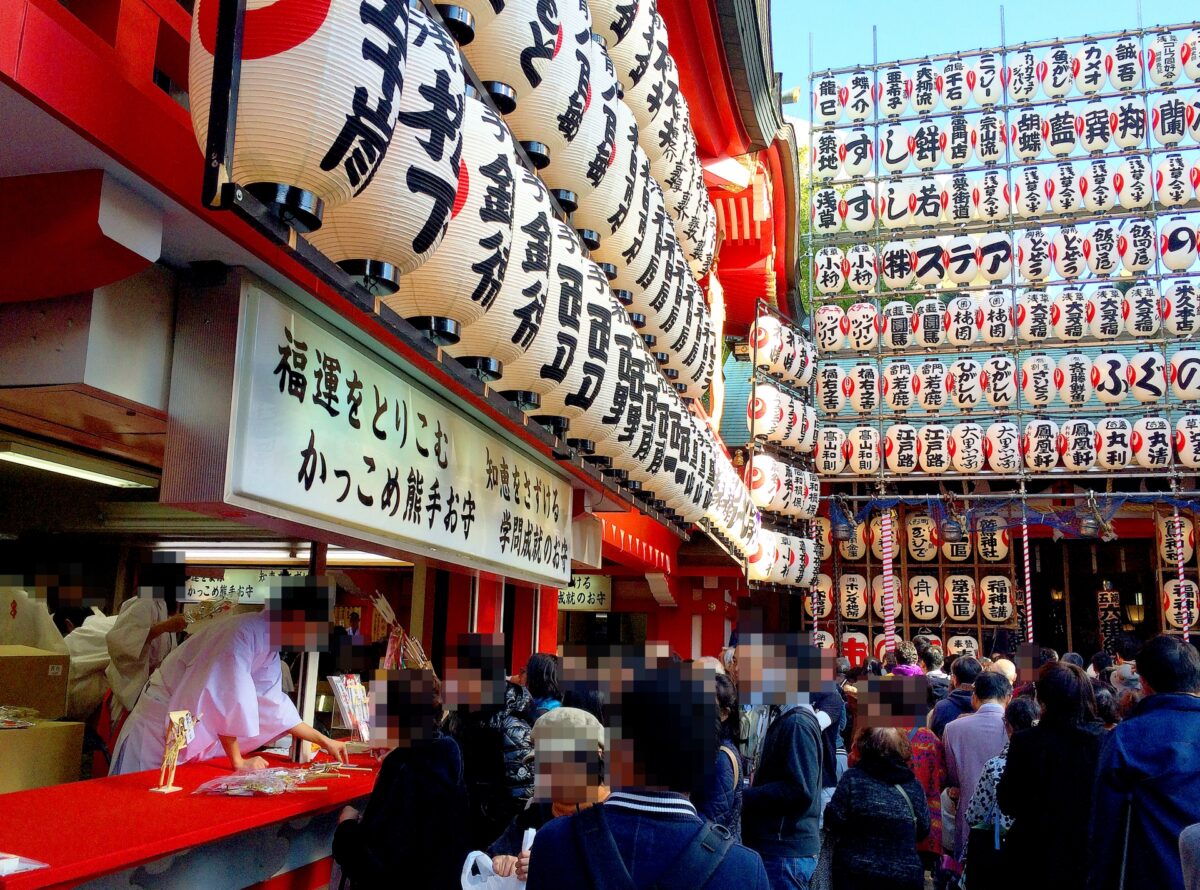
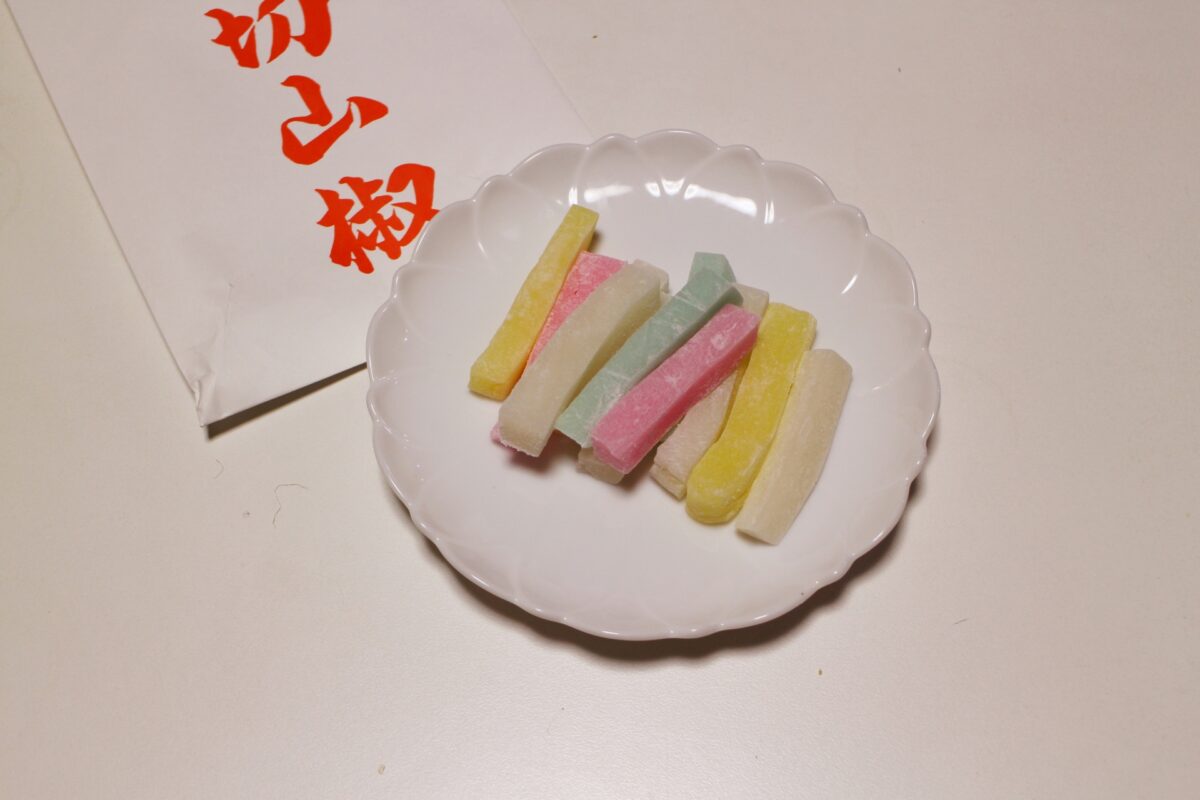
Along with the selling of kumade, you can find special food and activities such as a parade. Lucky rice cakes (known as mochi) are sold to be eaten. And don’t miss the Otori-mai dance where a man dressed as an eagle dances through the festival and rids people of evil spirits. He holds a mirror, a sword, a jewel, a rake and an Okame (a traditional female mask). This dance usually takes place a few times a day. At the end of the festival is tejime or the hand clapping ritual to conclude the celebratory event. This clap is said to bring a wish of a prosperous business and many people clap together in the same rhythm.
Of course you can enjoy festival foods from the stalls and immerse yourself in the festive mood, but buying kumade is essential when you visit the festival. Now, let us explain a little bit more about kumade.
Why do they sell kumade rakes?
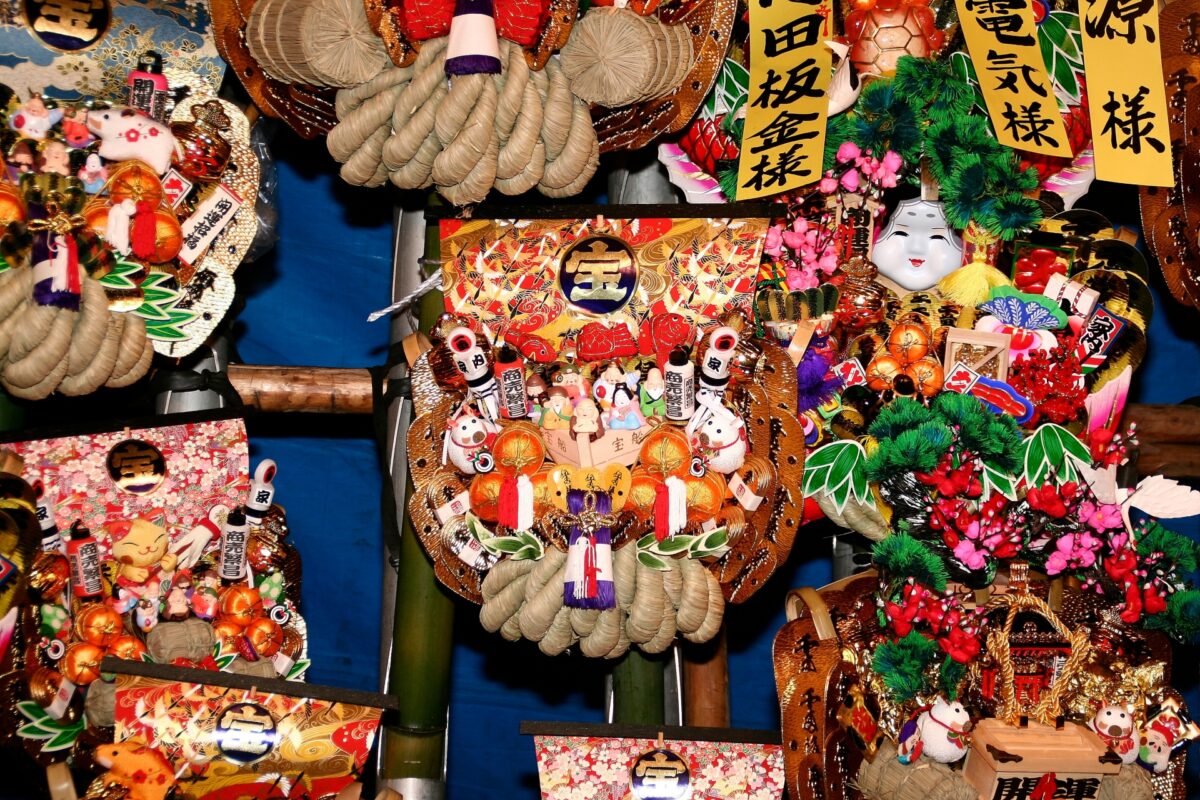
Kumade are a traditional Japanese craft and can be very elaborate. Typically Japanese aesthetics prefer simplicity, but kumade are the exact opposite. The more charms included on the kumade, the more lucky it is said to be. These bamboo rakes represent happiness, (business) success, prosperity and wealth. As you can imagine, they are incredibly popular with business owners.
Some of the most popular charms included on kumade are the seven lucky gods. These seven gods are a culmination of some of the most well-known gods in Japanese folklore. They include Hotei, Jurojin, Fukorokuju, Bishamonten, Benzaiten, Daikokuten and Ebisu. The original worship of these gods has become confused over time, and now the worship of all of them as a group is said to be lucky. In addition, the number seven is also lucky in Japan!
Another charm is a lucky mallet. This mallet appears in many Japanese folktales such as “Peach Boy” and “One-Inch Boy.” With the power of the mallet, its owner can make a wish and shake the mallet and their wish comes true. If they wish for money, it will fall out of the mallet. Other lucky charms include rice barrels and an oval Japanese coin made of gold. This coin is known as a koban. It was the common form of currency used in feudal Japan. Animal charms such as cranes, red sea bream fish and owls are also popular. The crane is a symbol of longevity as it is said to live for 1,000 years. The word for sea bream is tai in Japanese and rhymes with the expression to be happy. Its color and shape also make it a celebratory symbol thought to bring about good luck. Lastly owls are said to protect from suffering. Look closely at kumade while you walk around. Now you can see the difference and what kind of lucky charms they have!
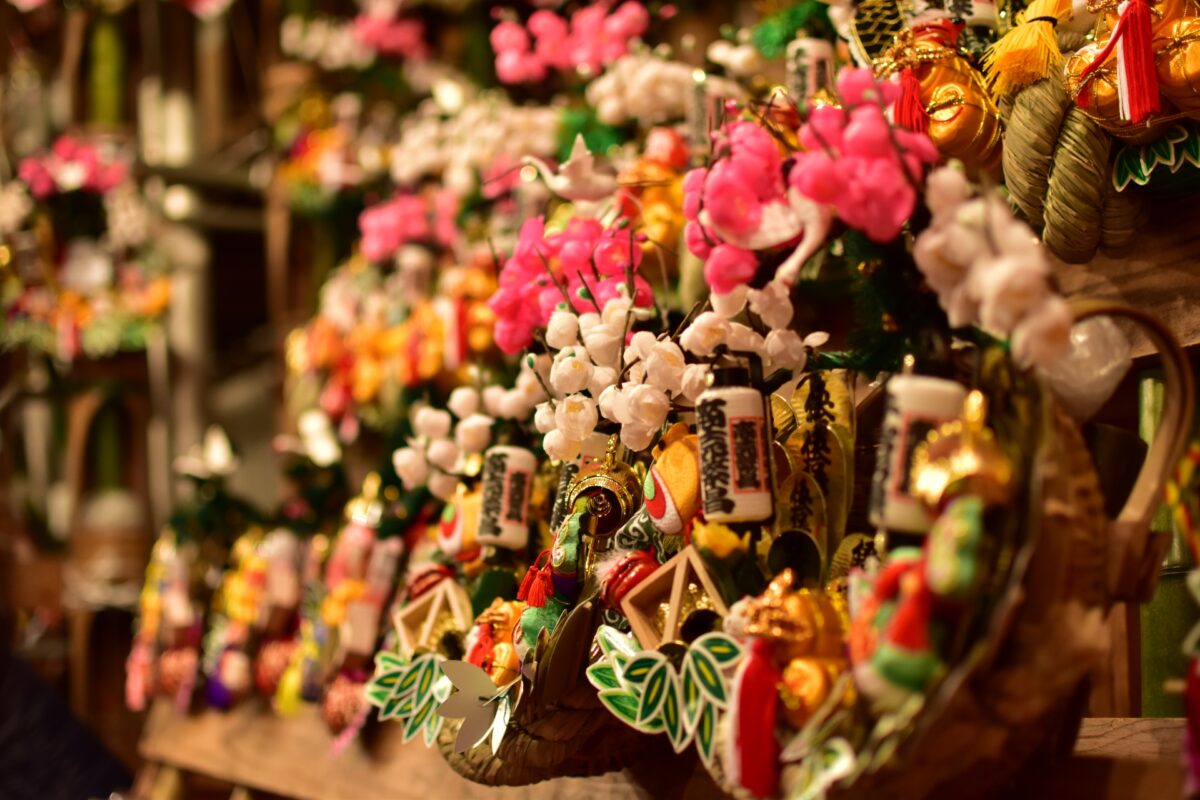
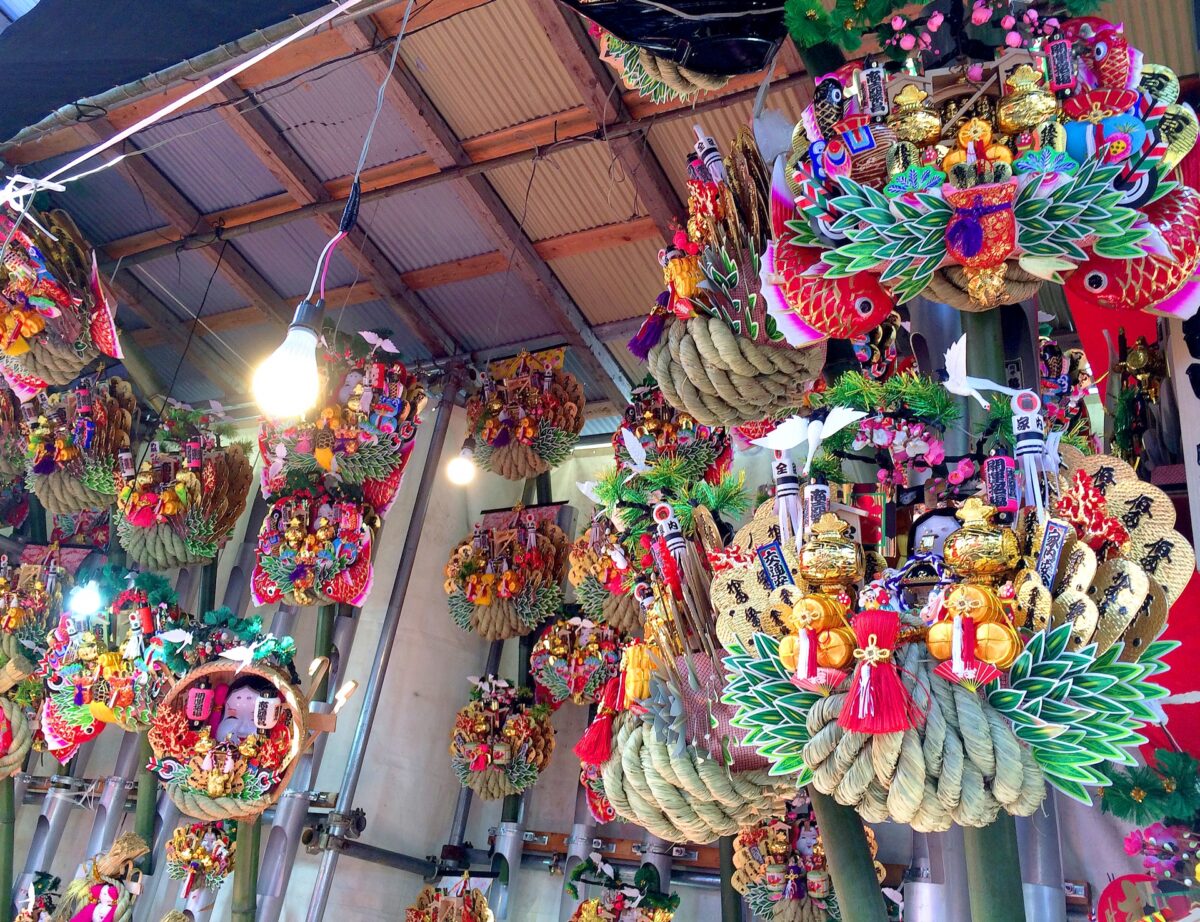
These rakes can cost anywhere from ¥1,000 up to ten thousands of yen. Handheld sizes are the cheapest, around ¥1,000 and the larger sizes can be upwards of ¥50,000. When they are purchased it is common for the buyer to haggle the price. The haggle starts from the original price and when an agreement is made the purchaser pays the original price in full anyway. As they do this, they tell the salesperson that the difference from the original price is a gift for them. It is such a popular thing to do here that you can constantly hear clapping and chanting signifying that a sale was recently made. Most people buy a new rake every year to keep the tradition alive.
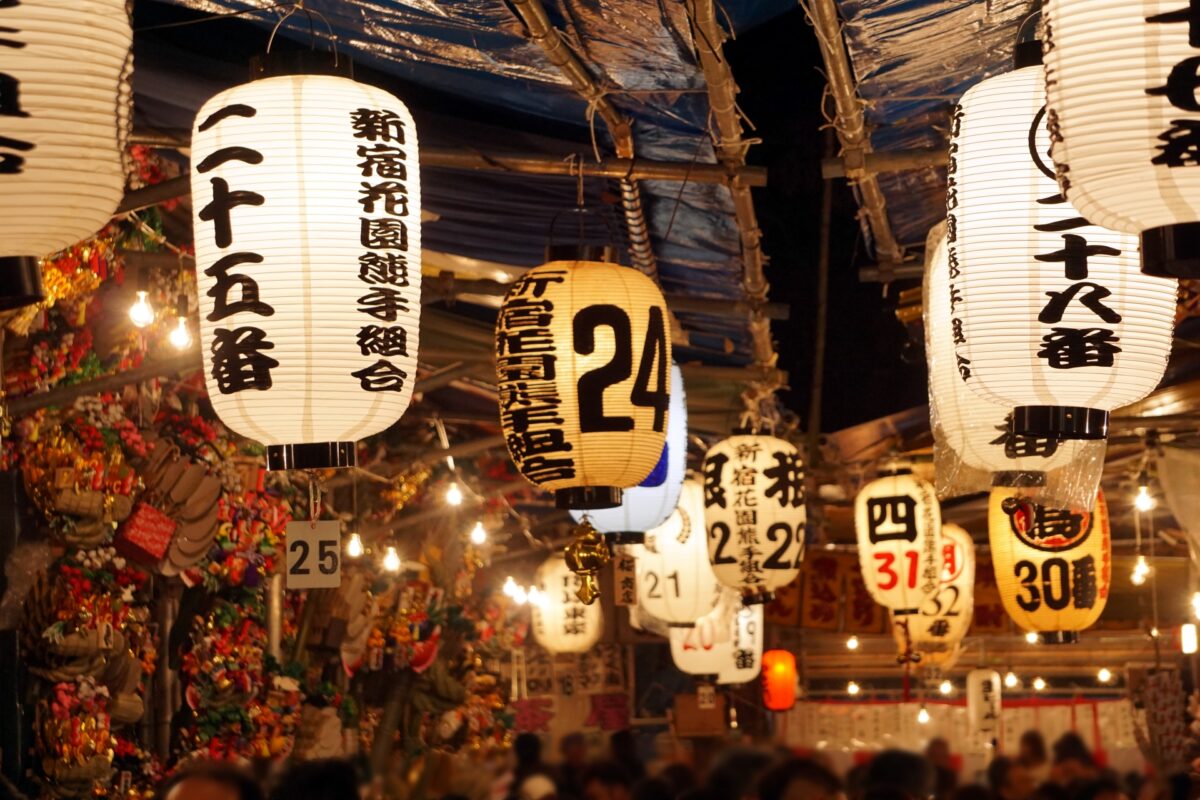
Asakusa Tori no Ichi is a lively festival that everyone should enjoy. Right in the middle of Asakusa, an integral part of Tokyo and Japan’s history as well as a major tourist destination at all times throughout the year. I hope that this blog has answered some of the questions that you may have about such a fascinating and possibly confusing festival. Tori no Ichi festival is something that everyone should experience. The positive vibes here are contagious.
What kind of kumade do you decide to go with? May it bring you good luck moving forward.
Tours in Asakusa
Would you like to explore the Asakusa area more efficiently? Here are our exciting tours in Asakusa which allows you to discover popular attractions as well as hidden gems. Our knowledgeable and friendly guide will show you how to best enjoy Asakusa.
▶Local Food and Drink Tour at Tsukiji & Asakusa
▶Tokyo 1-Day Highlights Private Walking Tour

Follow us on Instagram, Facebook, Twitter, and TikTok for more travel inspiration. Or tag us to get featured!
Happy traveling!
Subscribe to our newsletter!




